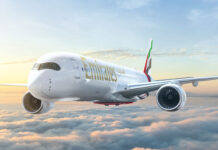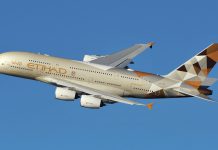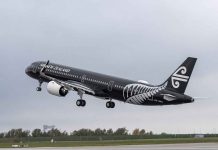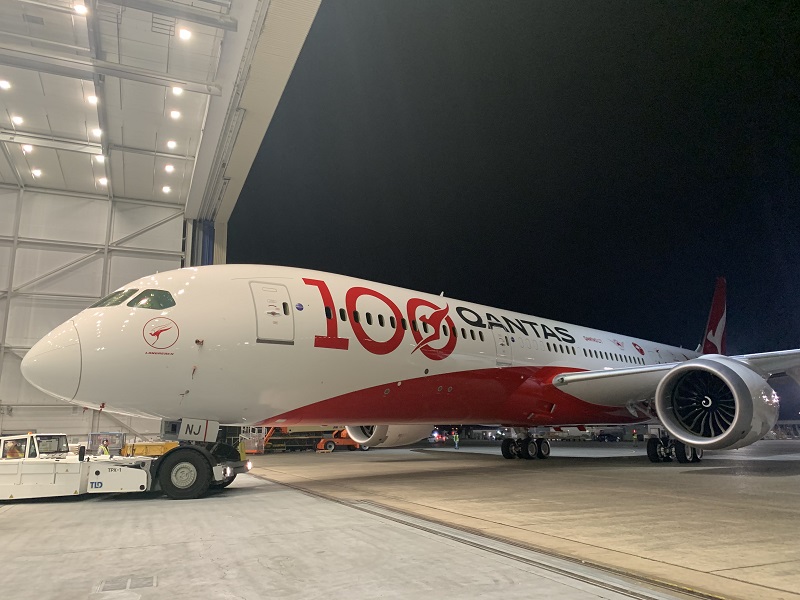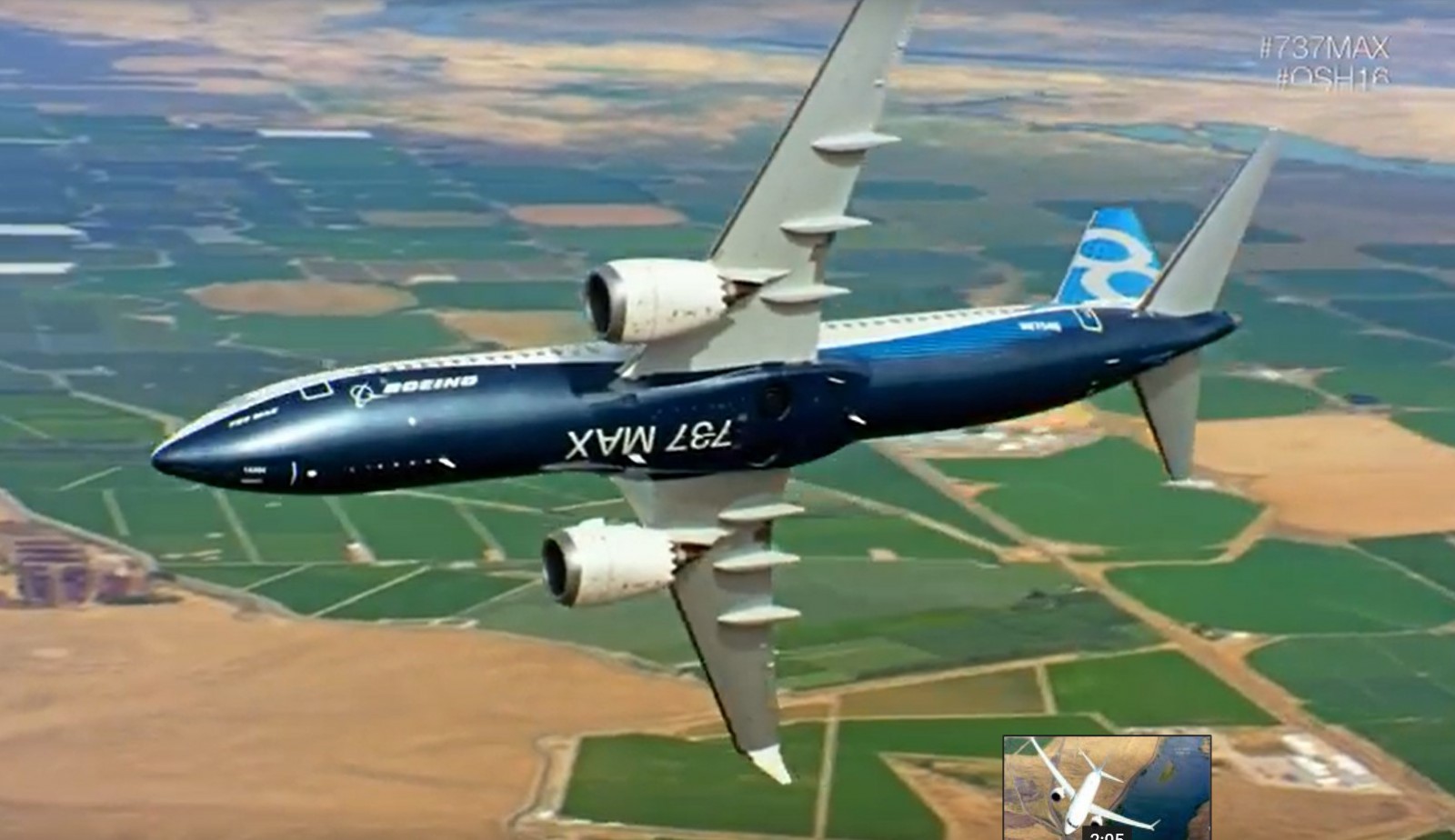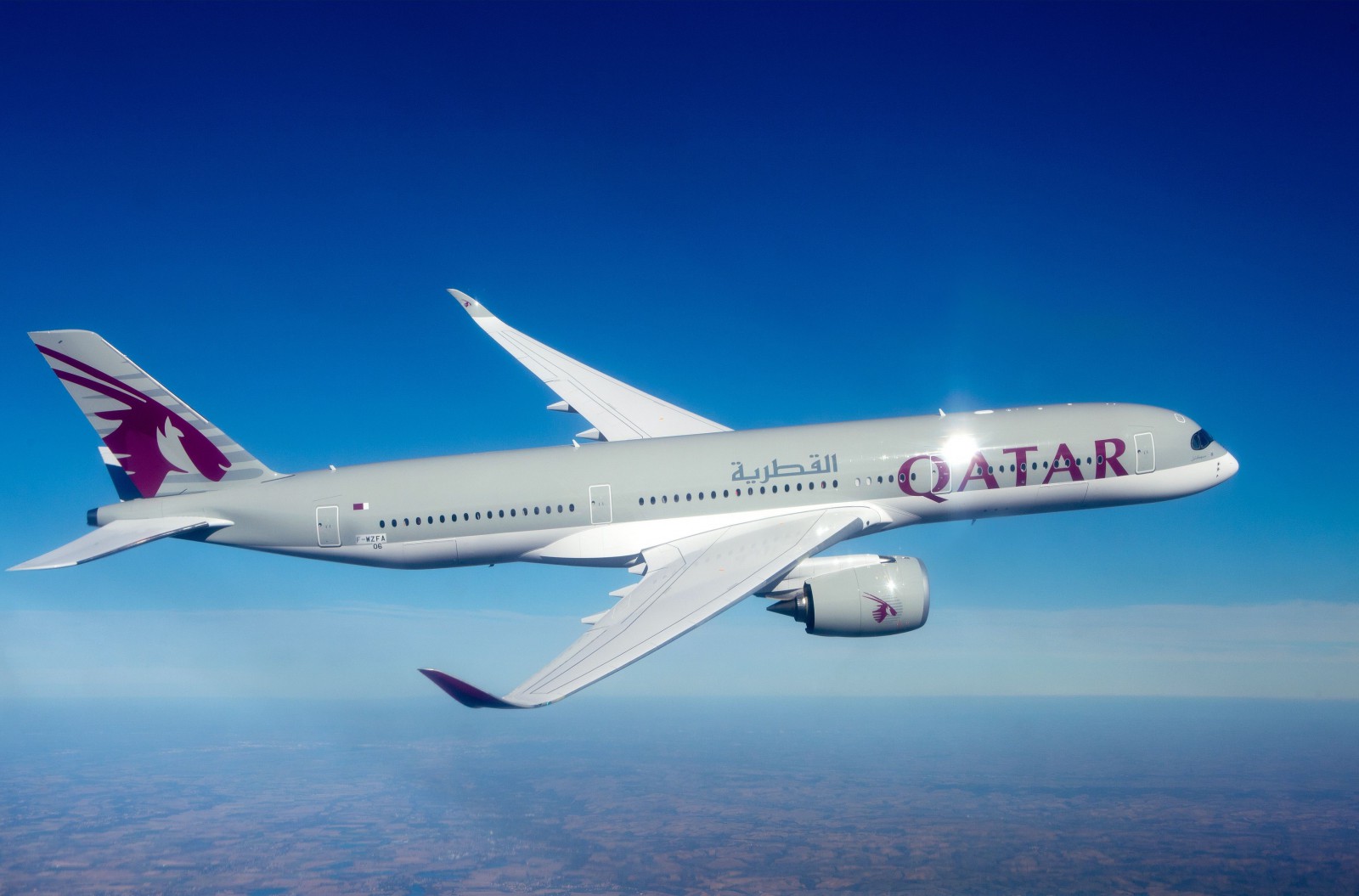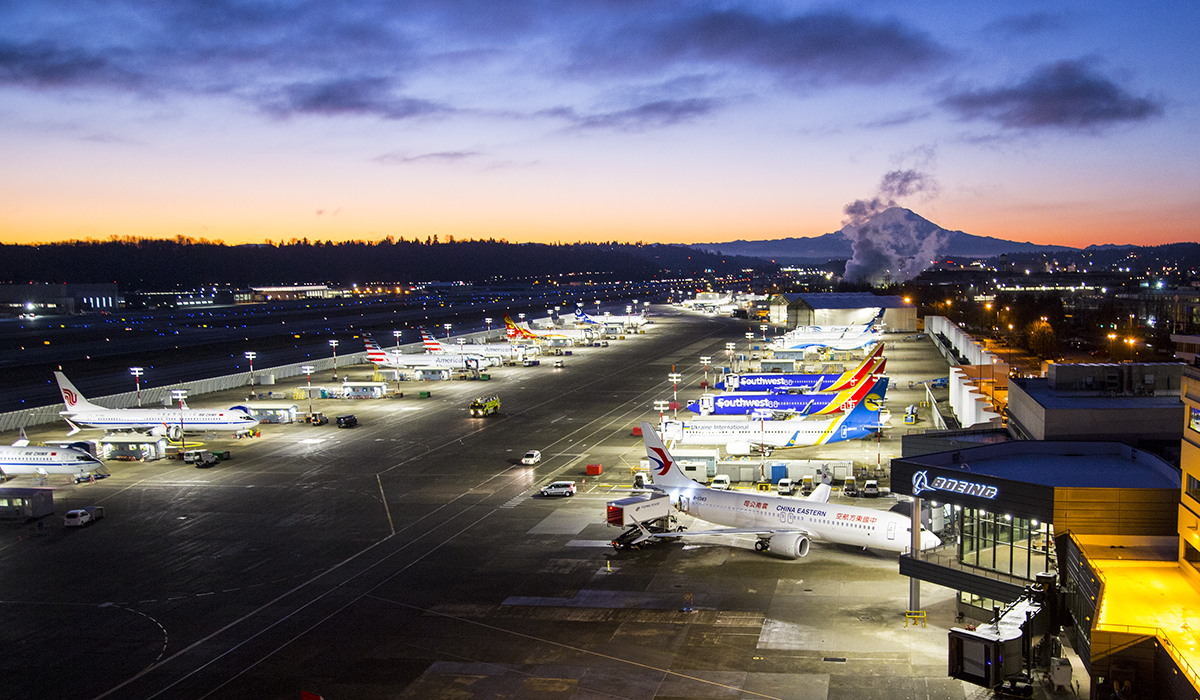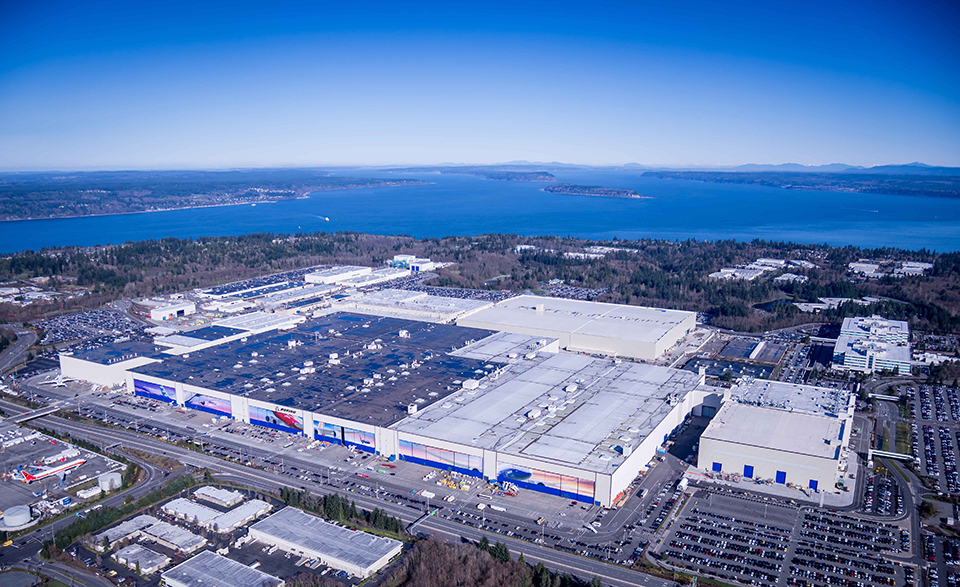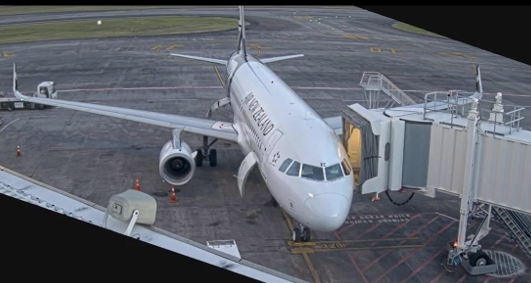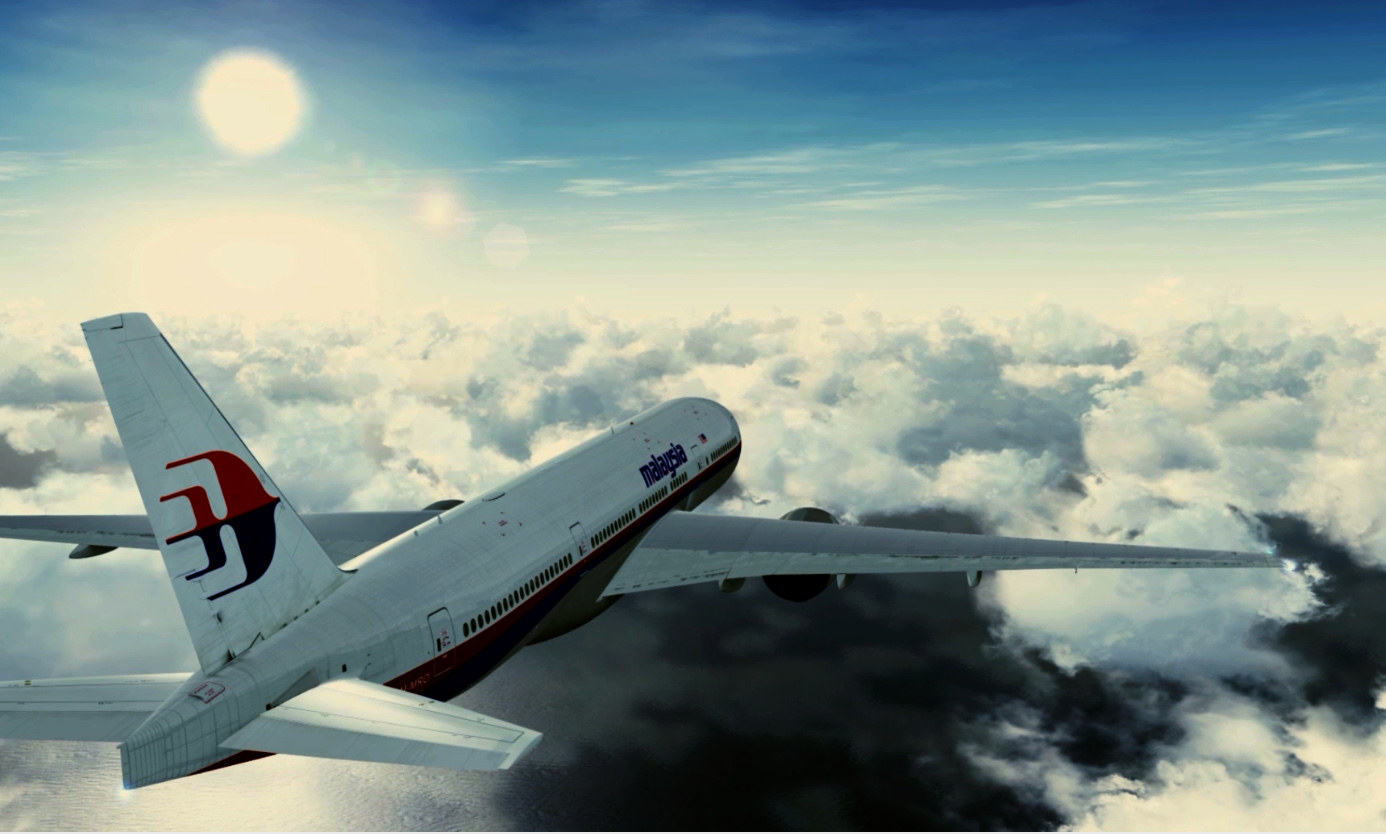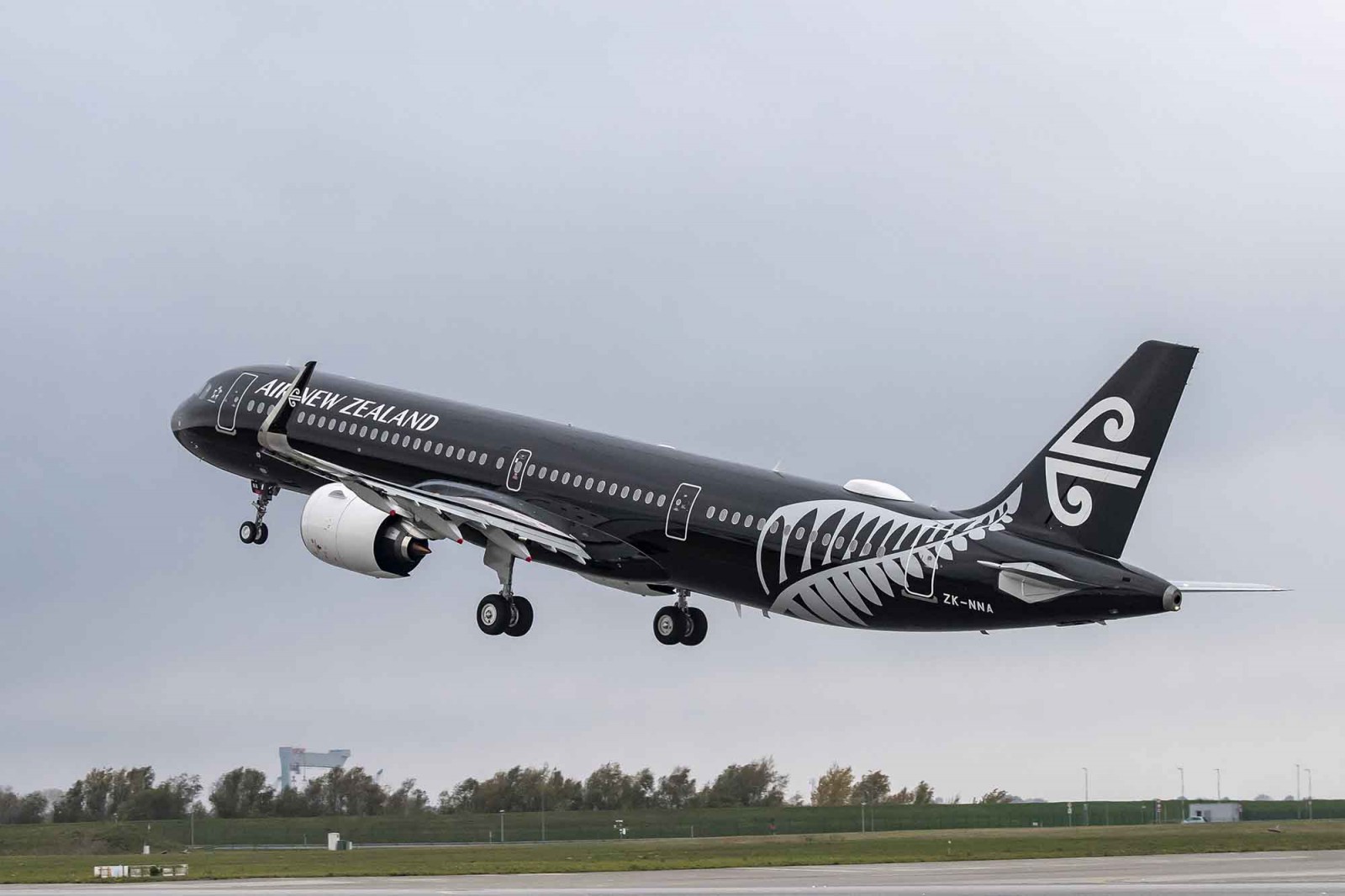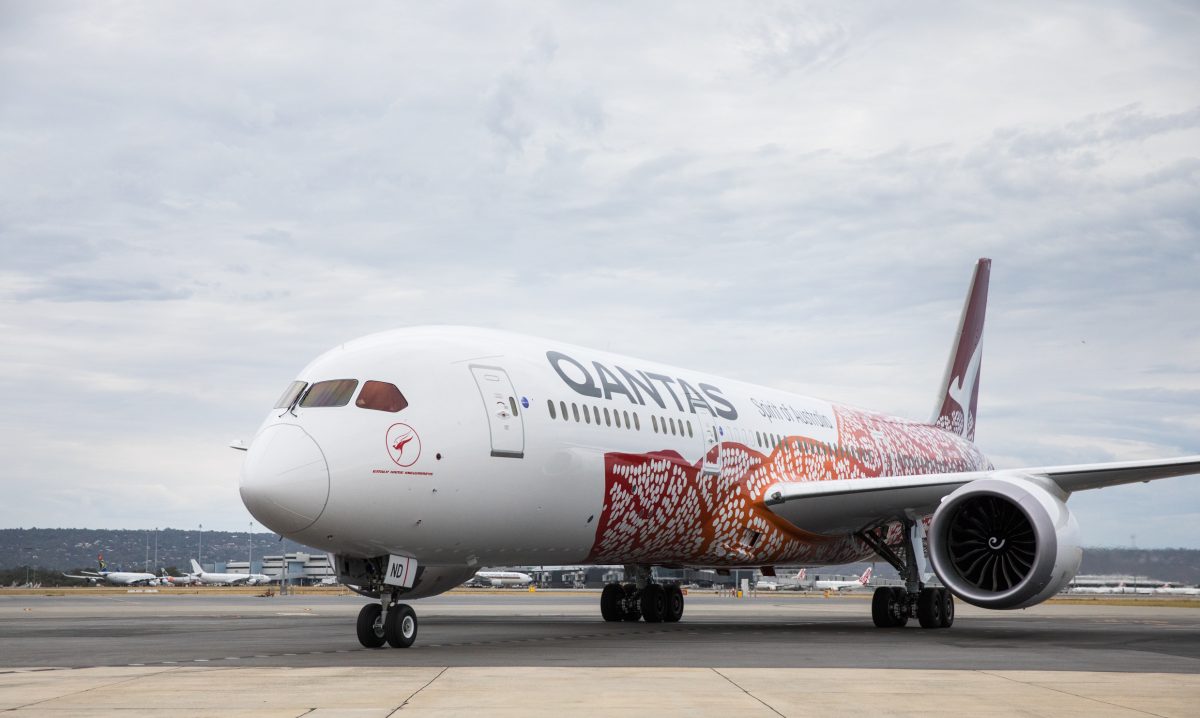Qantas is to appeal the Australian Federal Court’s watershed judgment that it contravened the Fair Work Act in outsourcing the remainder of its ground handling functions, setting the scene for a protracted confrontation with the Transport Workers Union which is pushing for the nearly 2000 workers to be reinstated.
Federal Court Justice Michael Lee called into question the evidence of both Qantas domestic chief executive Andrew David, as well as former chief operating officer Paul Jones describing it as “unconvincing” in relationship to the TWU’s claim that the airline was using the pandemic as “transformational opportunity” lay-off the workers who could disrupt operations in 2021 by taking protected industrial action.
Under the Fair Work Act, Qantas had to prove that it didn’t take into account a prohibited reason when it decided to outsource the ground-handling operations.
TWU National Secretary Michael Kaine said the Federal Government refused to hold Qantas to account over the illegal outsourcing but that the workers had.
“This judgment is a watershed moment for workers in Australia. The Federal Court has ruled that workers cannot be bypassed by employers like Qantas which want to drive down wages and conditions.
“This ruling calls a halt to shifting responsibility for workers and outsourcing them onto third parties on a low cost, take-it or leave-it contract.”
Mr Kaine added that “workers will be expecting their jobs as soon as possible and we will be seeking meetings with Qantas to ensure this happens.”
Qantas said it fundamentally disagrees with the judgment and said it does not mean it is required to reinstate workers or pay compensation or penalties as these matters have not yet been considered by the Court and Qantas will oppose any such orders.
Qantas group executive John Gissing, said “the TWU has put forward its persecution complex that our decision to save A$100 million a year in the middle of a global downturn was really about stopping them from walking off the job at some time in the future.
“The fact is, Qantas deals with the operational risk of industrial action on a regular basis given the 50-plus agreements across the Group. That risk pales in comparison with a pandemic that has grounded our fleet and our people for months, and has so far cost us $16 billion in revenue.”
“Qantas was motivated only by lawful commercial reasons, and this will be the subject of our appeal,” Mr. Gissing said.
In August last year, Qantas advised it would outsource ground handling operations at 10 airports across Australia as part of its COVID recovery plan and would save $100 million a year.
It called for bids from outside ground handlers and gave the workers the opportunity to bid for the work.
In November it advised the workers’ bid was unsuccessful despite the TWU claiming it was competitive.
Qantas said it granted three separate extensions to the original deadline and claimed the TWU bid was “theoretical, with no roadmap of how projected cost savings would be achieved.”
Specialist ground handlers and caterers are common across the industry.


